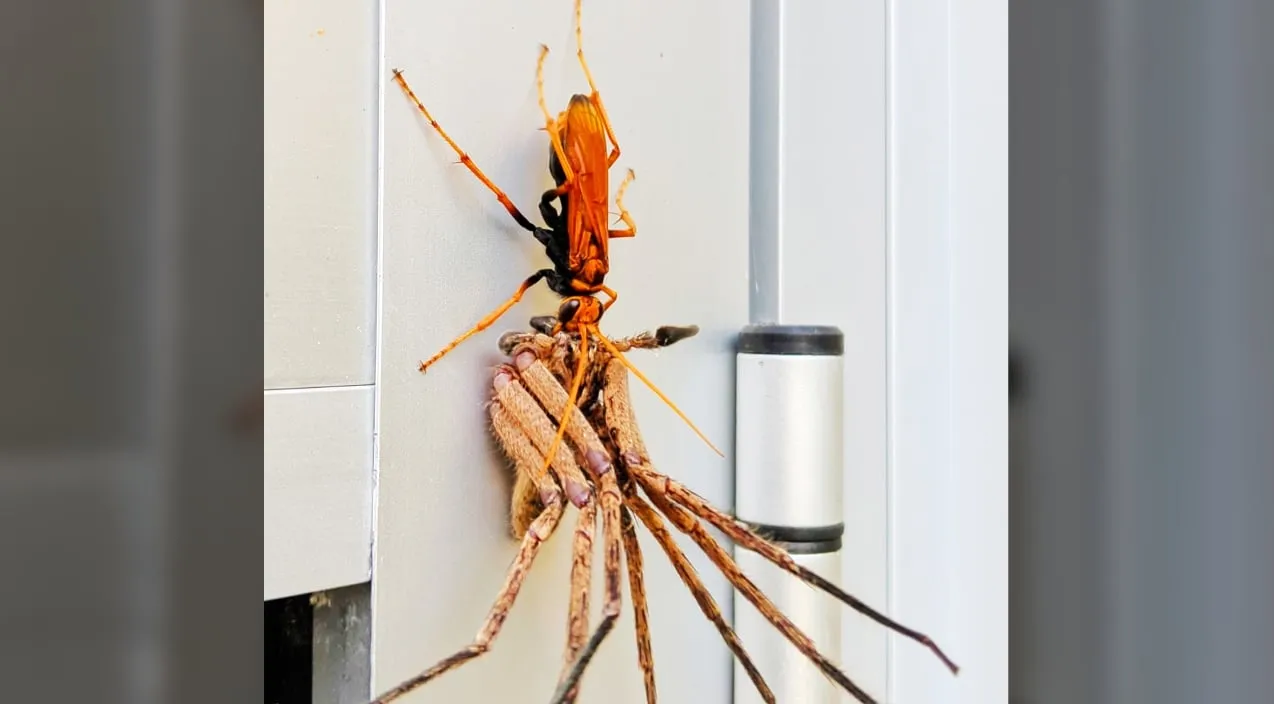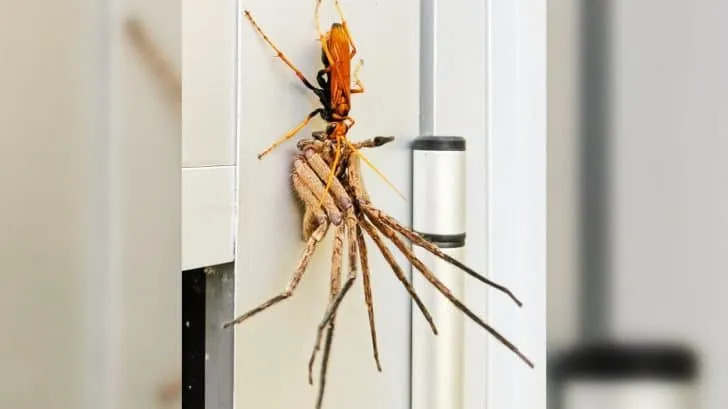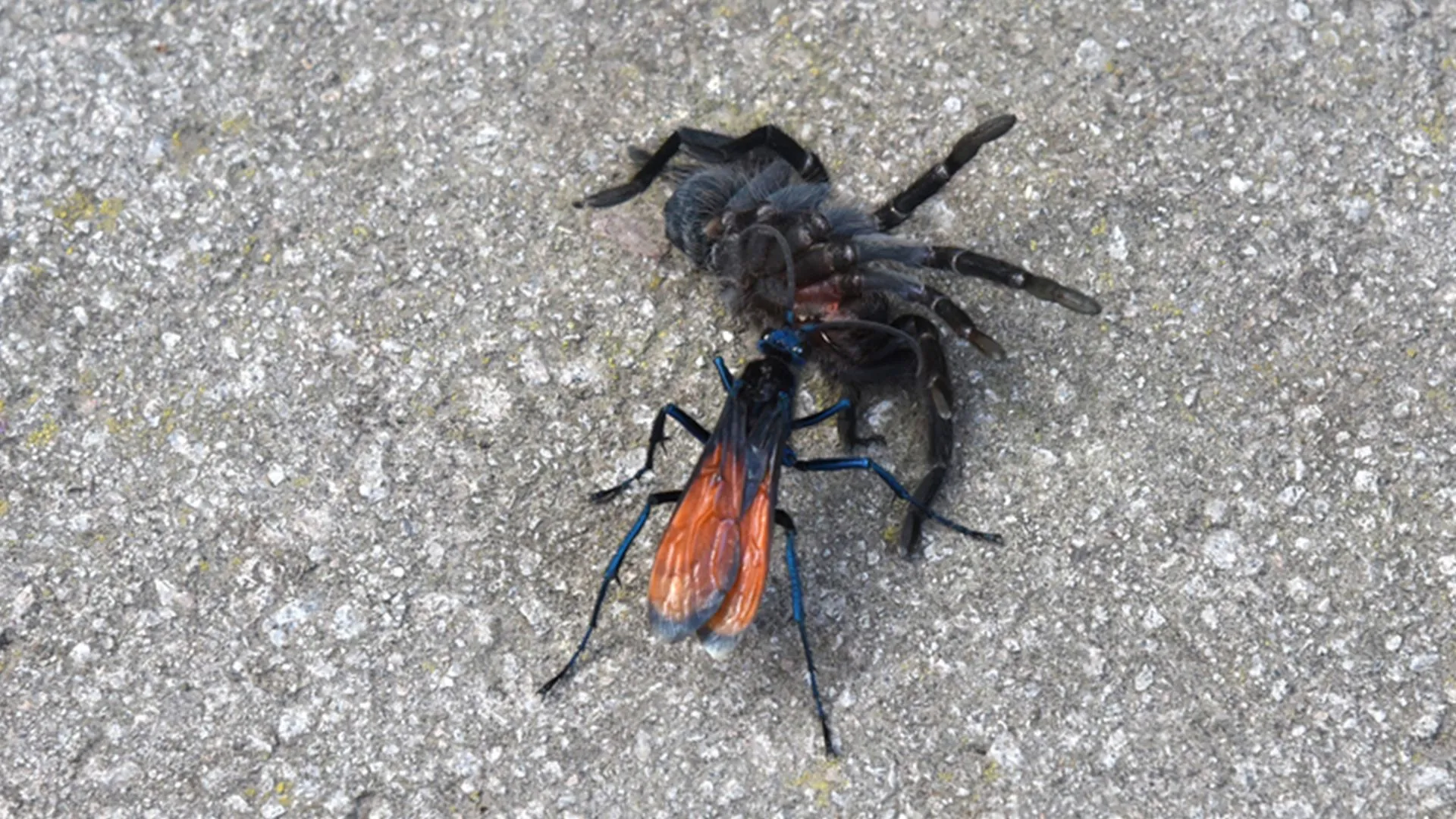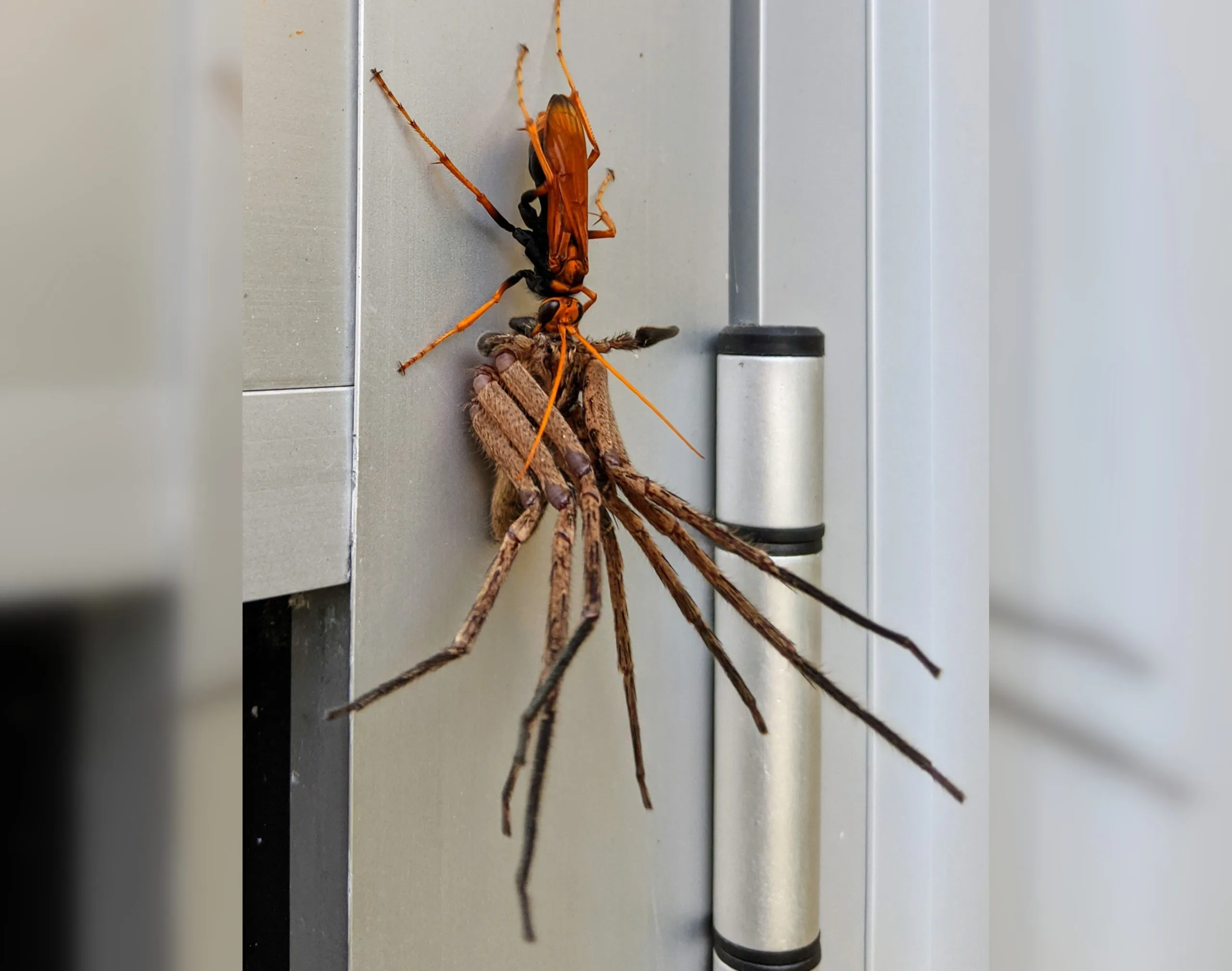Tarantula Hawk Wasp The Ultimate Guide
The tarantula hawk wasp, a member of the Pompilidae family, is a solitary wasp known for its remarkable hunting behavior and formidable sting. These wasps are among the largest wasps in the world, often boasting vibrant colors that serve as a warning to potential predators. Their life cycle is intimately linked to tarantula spiders, which they use as hosts for their larvae. This guide delves into the fascinating world of the tarantula hawk wasp, exploring its physical characteristics, behavior, life cycle, and the key facts that make it a compelling subject of study. This wasp is a true marvel of nature, exhibiting complex behaviors and playing a crucial role in its ecosystem. The tarantula hawk wasp is a formidable predator and a vital part of the natural world.
What is a Tarantula Hawk Wasp?
The tarantula hawk wasp, scientifically known as Pepsis or Hemipepsis, is a genus of large, powerful wasps. These wasps are renowned for their hunting of tarantula spiders, which they paralyze with their sting and use as hosts for their larvae. The female wasp is the primary hunter, and she seeks out tarantulas in their burrows or foraging areas. The wasp’s behavior is a fascinating example of parasitism, where the wasp larvae feed on the paralyzed spider, eventually killing it. The tarantula hawk wasp is a solitary insect, meaning it does not live in colonies like honeybees or ants. Each female wasp operates independently, building her nest and hunting for her prey on her own. These wasps are also known for their extremely painful sting, ranked among the most painful insect stings known to science, though it is rarely life-threatening to humans.
Appearance and Identification

Tarantula hawk wasps are easily identifiable by their large size and striking coloration. They can range from 1 to 2 inches in length, with females typically being larger than males. Their bodies are typically a vibrant combination of metallic blue-black or black and orange, aposematic coloration that warns potential predators of their potent sting. The wings are often a deep, smoky black or orange. Antennae are long and used for sensing their environment, including finding prey. Their legs are long and spiny, adapted for digging and grappling with tarantulas. The bright colors serve as a warning, signaling that the wasp can deliver a powerful sting. The combination of size, coloration, and behavior makes these wasps easy to distinguish from other species. These wasps are a striking sight, both in flight and when at rest.
The Deadly Sting
The sting of the tarantula hawk wasp is infamous for its excruciating pain. Often described as one of the most painful insect stings in the world, the venom injected by the wasp is not inherently dangerous to humans. The pain is primarily caused by the venom’s effect on the nervous system. The female wasp uses her sting to paralyze tarantulas, injecting the venom directly into the spider’s nerve centers. After paralyzing the tarantula, the wasp drags it to a pre-dug burrow or other safe location. The pain from the sting is intense but usually subsides within a few minutes. The sting is often described as a searing, electric shock. While the pain is extreme, the venom is not typically life-threatening to humans. Despite the painful sting, tarantula hawk wasps are generally not aggressive towards humans unless provoked. The sting is primarily a defensive mechanism and a tool for subduing prey.
Life Cycle and Reproduction
The life cycle of the tarantula hawk wasp is a remarkable example of parasitism. After paralyzing a tarantula, the female wasp drags it to a burrow or other protected location. She then lays a single egg on the spider’s abdomen. When the egg hatches, the wasp larva begins to feed on the paralyzed spider. The larva consumes the spider’s organs, gradually growing in size. The larva avoids the spider’s vital organs initially, ensuring the spider stays alive for as long as possible. After several weeks, the larva pupates inside the spider’s body. The larva spins a cocoon and undergoes metamorphosis. Eventually, a fully formed adult wasp emerges from the spider’s body, ready to begin its own life cycle. The wasp then mates and begins the cycle anew, hunting tarantulas to provide for its own offspring.
The Tarantula Hawk Wasp’s Diet

The diet of the tarantula hawk wasp is unique, centered on a single, formidable prey the tarantula spider. As adults, the wasps feed primarily on nectar from flowers, which provides them with the energy they need for flight and reproduction. However, their larval stage is entirely dependent on the tarantula. The female wasp uses the tarantula as a living food source for her offspring. This parasitic relationship is a remarkable example of how nature has evolved highly specialized predator-prey interactions. The wasp’s diet is almost exclusively focused on the tarantula, making it a highly specialized predator within its ecosystem. The female wasps are highly selective in their prey, choosing tarantulas of a certain size and species to ensure the survival of their larvae.
Main Food Source Tarantula Spiders
The tarantula spider is the primary food source for the tarantula hawk wasp larvae. The female wasp’s entire hunting strategy revolves around finding, paralyzing, and utilizing tarantulas to provide a host for her offspring. The wasp’s hunting behavior is highly specialized. The wasp locates the tarantula, often in its burrow, and then engages in a fierce battle. The wasp stings the spider to paralyze it, ensuring it remains alive to feed the wasp larva. This predatory relationship is an essential part of the ecosystem, helping to control tarantula populations. The wasp larva consumes the spider over several weeks. The tarantula provides all the nutrients required for the wasp larva to develop. Without the tarantula, the tarantula hawk wasp would not exist.
Other Food Sources
While tarantula spiders are the sole food source for the larval stage, adult tarantula hawk wasps feed on nectar and pollen. This is the main food source for the adult wasps, providing the energy needed for flight, mating, and reproduction. The nectar provides the necessary sugars and carbohydrates to fuel their activities. The pollen may provide additional nutrients. This diet allows the adults to survive and reproduce. The diet of the adult wasp is in stark contrast to the predatory nature of the larval stage. Adult wasps will visit various flowers to feed on nectar, playing a role in pollination. Other food sources are not a significant part of the tarantula hawk wasp’s diet.
Geographical Distribution and Habitat

Tarantula hawk wasps are found in various regions around the world, with a preference for warmer climates. They are commonly found in the southwestern United States, particularly in deserts and arid environments. These wasps also inhabit regions of South America, Africa, and Australia. Their habitat typically includes areas where tarantulas are prevalent, such as deserts, grasslands, and scrublands. The wasps require sandy soil for nesting, where they can create burrows to house their eggs and the paralyzed tarantulas. The geographical distribution of tarantula hawk wasps is closely tied to the presence of their primary prey. The presence of suitable habitats and the availability of tarantulas are crucial for their survival.
Where Do They Live?
Tarantula hawk wasps typically live in habitats that support tarantula populations. They prefer warm, arid environments, such as deserts, scrublands, and grasslands. The wasps are often found in areas with sandy or loamy soil, where they can dig burrows for nesting. The female wasp constructs a nest or uses an existing burrow. The nest is where she will bring the paralyzed tarantula and lay her eggs. The presence of suitable vegetation and access to nectar-producing flowers is also important for the adult wasps. They are also often seen in areas where tarantulas are active. Their habitat is directly related to the availability of tarantula spiders.
Top 5 Facts About the Tarantula Hawk Wasp
- They have an incredibly painful sting, often cited as one of the most painful insect stings in the world.
- They hunt and paralyze tarantula spiders, using them as hosts for their larvae.
- They are among the largest wasps, with vibrant coloration that serves as a warning.
- Their life cycle is a remarkable example of parasitism, where the larvae feed on a paralyzed spider.
- Their diet primarily consists of nectar as adults, while their larvae feed exclusively on tarantulas.
